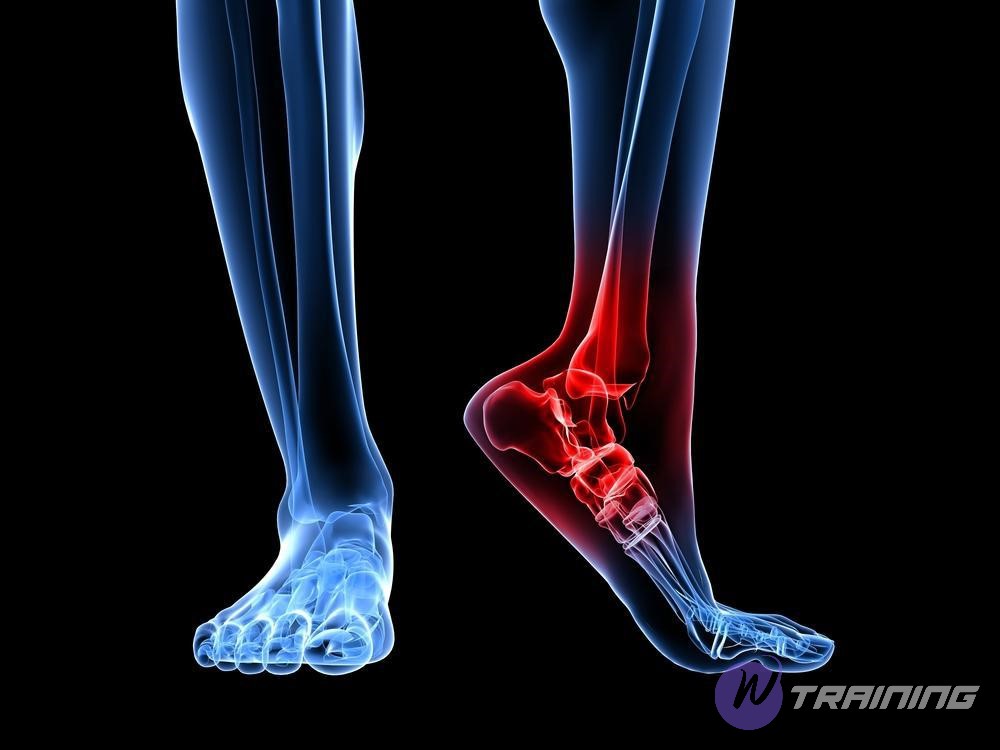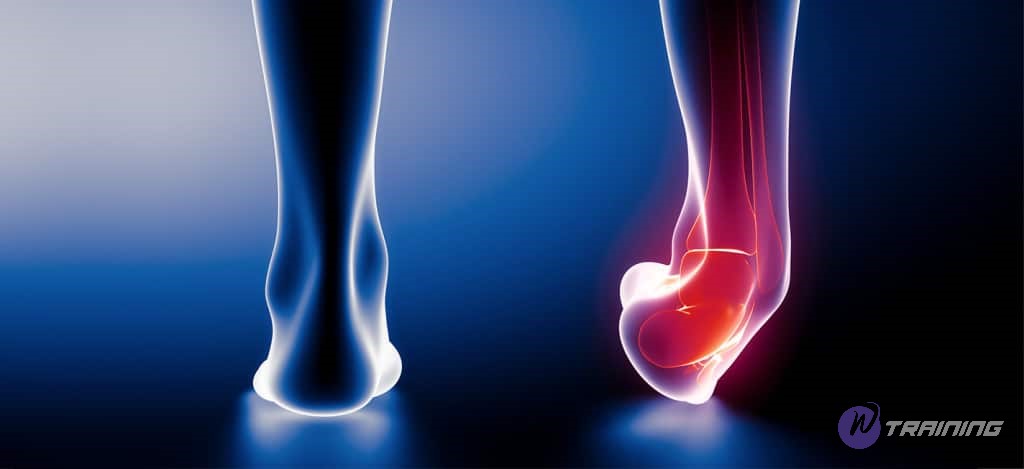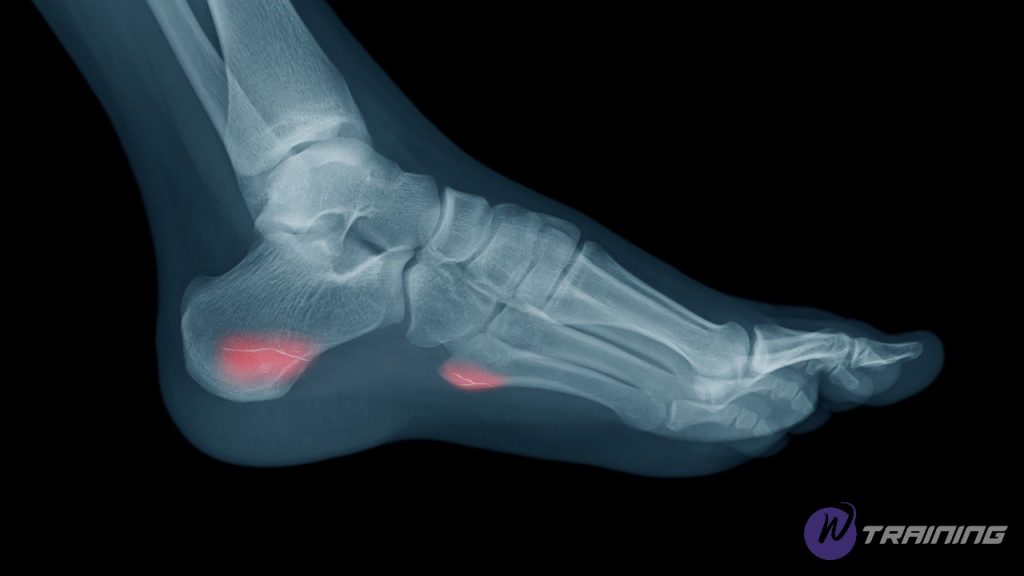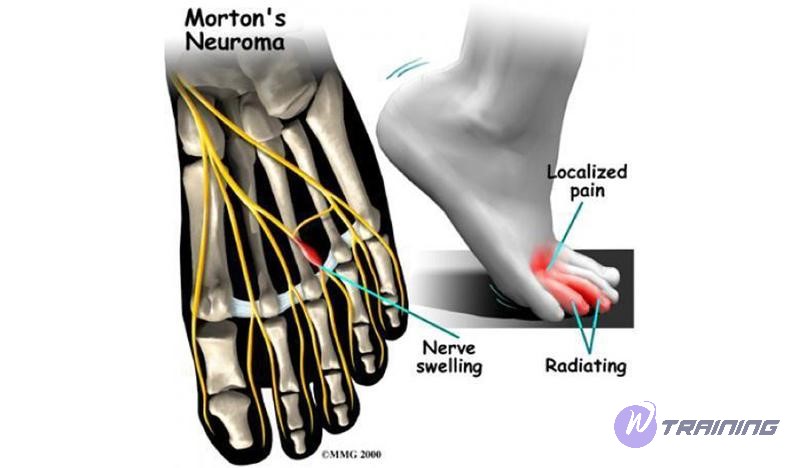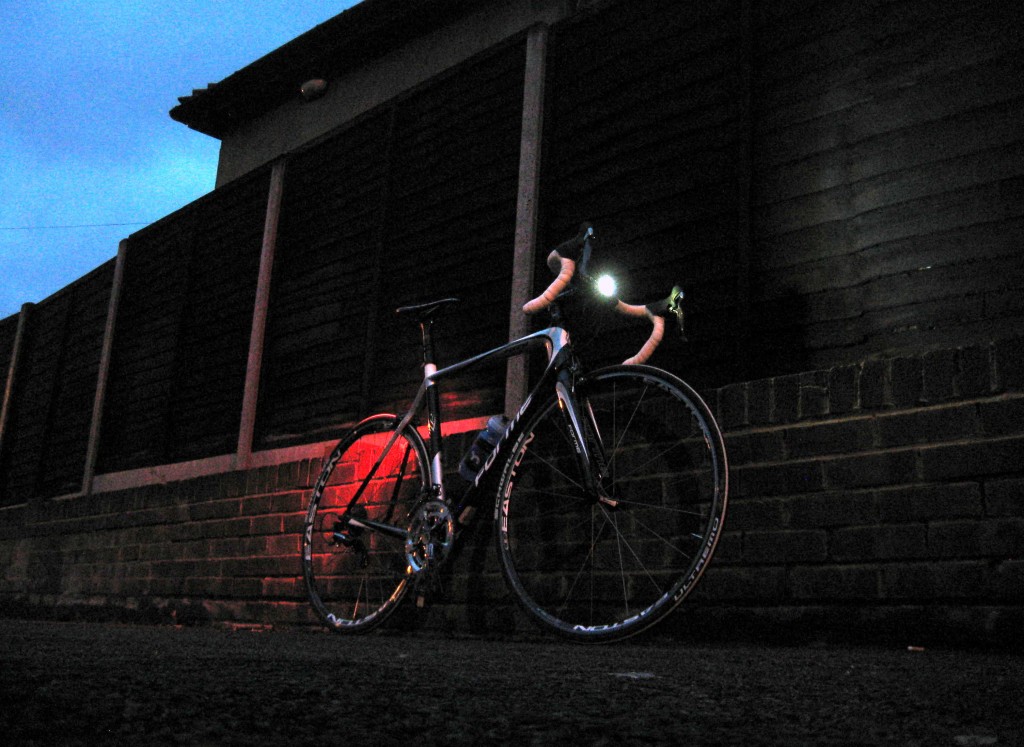Running is one of the simplest sports that are effective for your health. However, sports in general or running in particular, have potential risks of injury, especially for your feet. Have you known all the common running injuries of the foot, toe, heel? Read this article.
1. Achilles tendinitis – the first one of the running injuries of the foot list
Achilles tendonitis is an inflammation of the Achilles tendon, the largest tendon in the body.
-
Symptoms
The main symptom is mild pain in the lower calf near the heel or in the back – especially when you’re running, tiptoeing, or getting out of bed in the morning. The pain is sharp and can be so severe that you can’t run anymore.
Tendonitis may also present with visible swelling or a knot in the affected area. You may also notice strange noises, such as cracking or ripping, in the tendons when your feet are bent or pointed.
-
Causes
The main cause is due to repeated stress to the tendons. During the foot attack, the Achilles tendon absorbs many times your body weight. The longer and faster you run, the more strain you will put on this tendon. This causes small tears to the tendons and ultimately leads to tendinitis.
-
Treatment
-
- If you have Achilles tendonitis, stop running and rest as much as possible. You cannot overcome this trauma as it will only get worse, it may take at least six months or more to fully heal.
- Next, apply ice for 10 to 15 minutes over the injured area two to three times a day.
- To relieve pain, stretch your calves and wear supportive shoes. Research has also shown that wearing compression stockings during vigorous exercise reduces and prevents Achilles’ cramps.
-
Prevention
-
- Strengthen your back muscles. Ideal exercises include eccentric heel lowering, calf lifts, crunches, squats, deadlifts, and toe walking.
- Stretch your calves. Raise your toes toward your shin while keeping your heels on the ground the entire time.
- Appropriate form. Work to improve your kicks and running rhythms. Too difficult? Run For Partner or Team and ask
- Consider wearing a brace or running on more supportive shoes. Avoid wearing flip flops, high heels or any other footwear that can irritate the Achilles tendon.
2. Plantar Fasciitis
When it comes to running injuries to the foot, it’s impossible not to talk about plantar fasciitis. It is now more common in runners. People who are overweight and those who wear shoes with inadequate support also have an increased risk of plantar fasciitis.
-
Symptoms
The most common symptom of fasciitis is a tender, tender sensation in the heel that can range from discomfort to itching. Most runners describe the pain as stepping your first heel on a nail or walking on glass.
-
Causes
-
- Weakness and/or dysfunction of the foot muscles could put the heel under more load than it can handle.
- Stand for long periods of time, especially on a hard surface without footwear.
- People running with unusual feet – people with high or low arches
- Excessive movement – feet roll in excessively during foot thrashing and supine position – roll out excessively
- Stand for long periods of time, usually on hard surfaces without footwear.
-
Treatment
-
- Go back up after a run, especially if the pain is severe and stretches the tissues at least a few times a week.
- It is better to roll your injured foot over a tennis ball or a bottle of frozen water every few minutes, five times a day. A foam roller also loosens the coating.
- Stabilizers and orthotic braces can also help limit symptoms and speed recovery, but they’re not a permanent fix so they aren’t always relied on.
- Try stretching. This simple stretch can help. No straps are needed at first.
- If pain persists, see a physician. They may suggest wearing a custom orthotic or night brace to speed recovery.
-
Prevention
-
- Stretch your calves and calves consistently – especially when running in the morning because muscles tend to tighten overnight.
- Improve your core strength – Especially if you have a history of a bad injury.
- Strengthen calves with heel lifts, toe lifts and eccentric heels.
- Avoid using high heels or flip flops, both of which can irritate this tissue and shorten the calf muscles.
- Run in the right shoes. And adhere to the 10% rule.
- Improve your running form.
Read more: 11 Amazing Benefits Of Jogging Every Day
3. Ankle sprain
The ankle is a complex network of bones, ligaments, tendons, and muscles. In that the ankle joint allows us to move flexibly especially in rough terrain (like trail runs). However, the disadvantage of the ankle joint is that it is also susceptible to injury, for example when you fall, lose your foot, slip your foot, the bodyweight changes suddenly causing the joint to twist and the ligament of the joint is stretched excess, causing ankle sprains. An ankle sprain is an injury to the ligaments that hold the joint, not related to the tendons as the name suggests. This injury is one of the most common ankle injuries, also common on runners.
-
Symptoms
Pain, swelling, bruising, and throbbing pain when moving or rotating the ankle joint
If you sprained your ankle while running, you may be able to keep going for a while, but the inflammation should appear soon. Then running again will be extremely painful, if not impossible.
-
Causes
An ankle sprain often occurs when the foot suddenly twists or rolls, forcing the ankle joint out of its normal position. During physical activity, the ankle may twist inward as a result of sudden or unexpected movement. This causes one or more ligaments around the ankle to stretch or tear.
Some swelling or bruising can occur as a result of these tears. You may also feel pain or discomfort when you place weight on the affected area. Tendons, cartilage, and blood vessels might also be damaged due to the sprain.
-
Treatment
-
- Immediately after suffering
-
-
- Rested
- Soak feet in ice water in intervals: 10 minutes soak, 10 minutes rest. Do this 3 times a day, continue for at least 3 days
- Raise your feet for 30 minutes/time, several times a day
-
-
- 48-72 hours: Do calf range exercises (turn your ankles and write the alphabet), do this 2-3 times/hour and do 4-5 times/day.
-
- After 72 hours: Do ankle exercises with resistance elastic bands (tilt toes and toes, tilt to the right, left). Do this 10 reps, 3-5 times/day
- After returning to a normal walk and no longer feeling pain Do one of the following actions a day:
-
-
- Tiptoeing on toes and heels: 3 turns of 10 reps each and increasing the number of steps gradually.
- Keep your feet on the balance board: Start with 1 minute of standing balance, then work your way up until 5 minutes. Or stand with one leg for balance, then create difficulty over time by raising your legs, crossing your arms, closing your eyes.
-
-
Prevention
You can lower your risk for future sprains by:
-
- wrapping the affected ankle in an elastic bandage
- wearing a brace, if necessary
- performing strengthening exercises
- avoiding high heels
- warming up before exercising
- wearing sturdy, quality footwear
- paying attention to surfaces you’re walking on
- slowing or stopping activities when you feel fatigued
4. The most common running injuries of the foot – Stress fracture
A stress fracture may appear on your forefoot, middle, or heel, it will feel more pronounced while running and will get worse over time.
This is considered a nightmare for runners because it is more severe than soft tissue injuries (tendons, muscles, ligaments) and takes longer to recover (at least 6-8 weeks). In addition, if not addressed in time, the situation may be more difficult to treat.
-
Symptoms
-
- Feel pain in the bone position to the touch
- Do a hop on your sore foot
- Swelling in a painful site
-
Causes
This fracture comes from too heavy and too early exercise, some other causes also come from calcium deficiency in the diet, wearing too worn shoes, participating in too many races in a short time.
In addition, women are also at risk for fractures related to amenorrhea.
-
Treatment
-
- See your doctor as soon as you suspect you have this trauma
- Rested
- Do cross complementary exercises if it doesn’t affect the pain site
-
Prevention
-
- Build your volume up gradually over time
- Add enough calcium in the diet
- Replace shoes when worn
- If you experience prolonged menstrual loss in a woman, you should see a doctor
- Exercise support for the core and hip muscles
- Another article about fractures was posted at the following link:
5. The most dangerous running injuries of the foot – Morton’s neuroma
This injury name may seem quite unfamiliar to those who do not work in medicine, but it is an injury to watch out for runners. This is manifested by burning pain in the toes, just behind the 3rd and 4th toes (sometimes behind the 2nd and 3rd toes). Pain travels down the toes and sometimes runners experience more numbness than pain. The cause is inflammation of the nerve running between the bones of the feet.
-
Symptoms
The classic symptom is sore feet, usually between the third and fourth vertebrae, which can be found in other foot bones. The pain can be dull or throbbing and often cause a burning sensation, spreading along with the toes. Removing or massaging the sore area helps relieve the pain.
-
Causes
Morton nerve tumors are not real tumors. It is an enlargement of a nerve that runs between the foot bones. When a nerve enlarges, the gap between the bones is no longer wide enough to accommodate nerves. A pinched nerve causes pain and numbness.
The cause of hypertrophy is often caused by inflammation when stimulated. For runners, running shoes are too tight, causing the toe to be squeezed, leading to nerve damage and inflammation.
-
Treatment
Once present, Morton nerve tumors are difficult to treat. The longer the symptom lasts, the more difficult the problem is to fix, so you must not remove it. An accurate diagnosis is important because treating different causes of pain will not be the same. You will need an MRI where you have specialist foot expertise in sports, and experience with Morton nerve tumors.
-
Prevention
-
- Avoid further pinched nerves with shoe changes – effective in more than 40% of cases. Wearing running shoes that are too tight, even if only for a short time, can cause Morton’s nerve tumors to last for several weeks.
- You can cut off the sides of the shoe to create a sense of airiness for the foot.
- Wear split socks overnight to relieve pressure on the nerve tumor. Separating toes will create space for nerves to help restore and avoid pinching.
- Cortisone injections can reduce inflammation, but multiple injections and pain relief are temporary.
- Ice may provide some relief, but it is not as effective as it is for muscle injuries.
However, it is necessary to see your doctor.
Running injuries of the foot, toe, heel can occur at any age. Remember the knowledge we discussed above helps to protect you on the track. Comment to let us know if you found them helpful. Best wishes for you!
Read more:
Is Running Everyday Good For Your Heart?
What Are The Exercises For High Blood Pressure?
